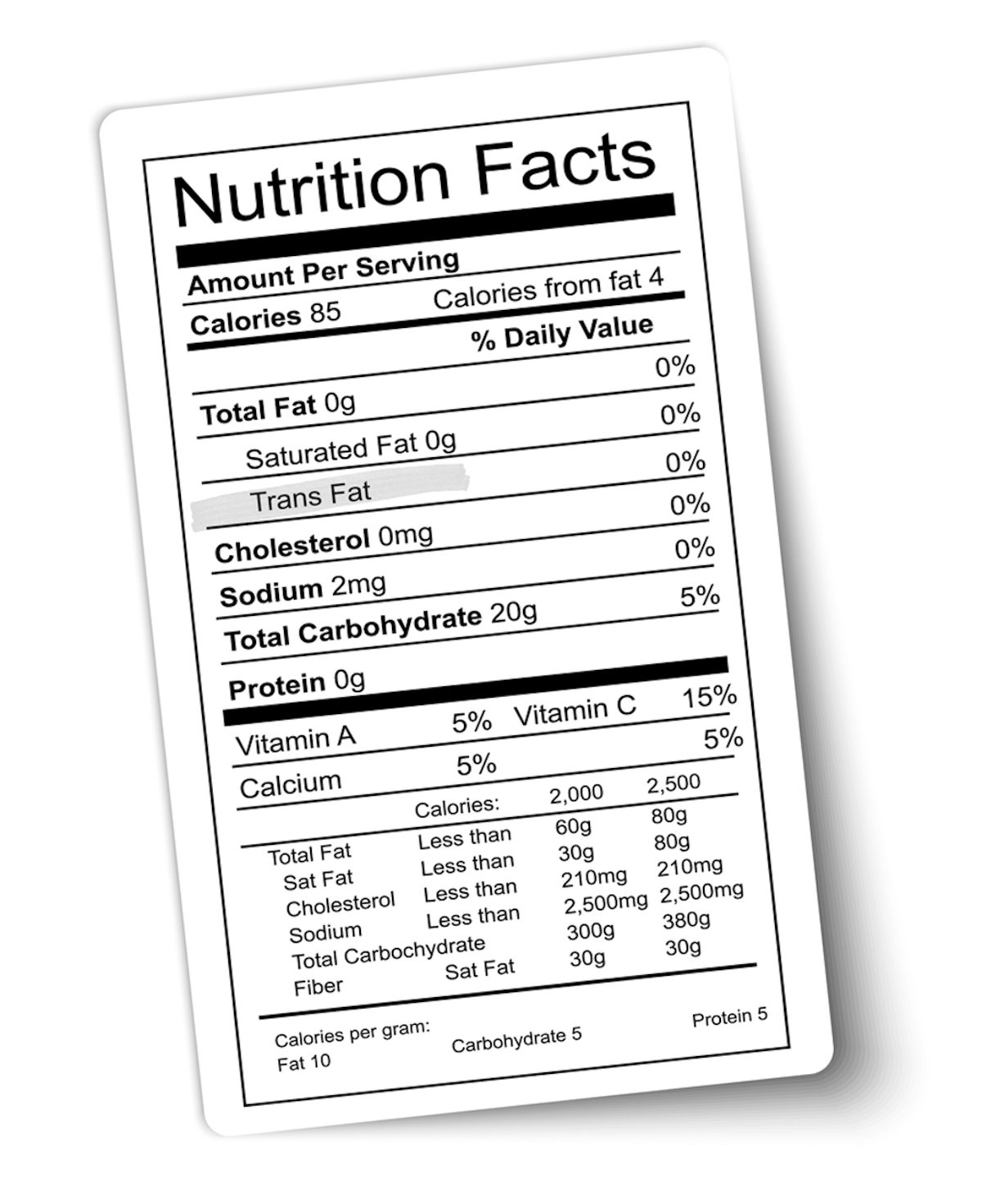
Fish and shellfish are great sources of lean protein, and many types are rich in heart-healthy omega-3 fatty acids. But there’s a catch: some species of fish contain worrisome amounts of methylmercury, a toxin that’s especially dangerous to developing brains. That’s why women who are or could become pregnant and young children shouldn’t eat high-mercury fish such as swordfish, shark, king mackerel, and tilefish. A new study hints that eating too much—or the wrong kind—of salmon and tuna can also boost mercury levels.
The Dietary Guidelines for Americans advise us to eat eight ounces of seafood a week (12 ounces a week for women who are pregnant). That would deliver enough omega-3 fatty acids to help brain and nerve growth and protect the heart. But eight ounces is more than double the amount of fish the average American eats in a week.
Eat seafood, go for variety
Eating some fish is good. Eating lots of it might not be. The health effects of blood mercury levels somewhat above the healthy range simply isn’t known. So, what’s a fish aficionado—or just the average person hoping to follow a heart-healthy diet— supposed to do?
The table below can help you make choices. It features low-mercury varieties and includes how much to eat to get suggested levels of omega-3 fatty acids.
If sustainability of fish populations is a concern for you, check out Seafood Watch (SeafoodWatch.org) from the Monterey Bay Aquarium. It aims to help consumers and businesses make choices for good health and healthy oceans.
| Low-mercury seafood choices There are many different ways to get the recommended weekly amount of omega-3 fatty acids. You can do it with a single meal of fish high in omega-3 fatty acids, or multiple meals of species with lesser amounts. (An expanded version of this table is available in the online Nutrition Journal.) | ||
| One 6-oz serving per week of | OR two 6-oz servings per week of | OR three 6-oz servings per week of |
| salmon (wild caught, or canned) | Atlantic mackerel | squid/calamari |
| whitefish/walleye | sardines (canned) | ocean perch |
| herring | trout (wild caught) | flat fish |
| anchovies (canned) | mussels | flounder |
| trout (wild caught) | pollock | sole |
| salt cod/bacalao | ||
Source: https://www.health.harvard.edu/blog/make-smart-seafood-choices-minimize-mercury-intake-201404307130











